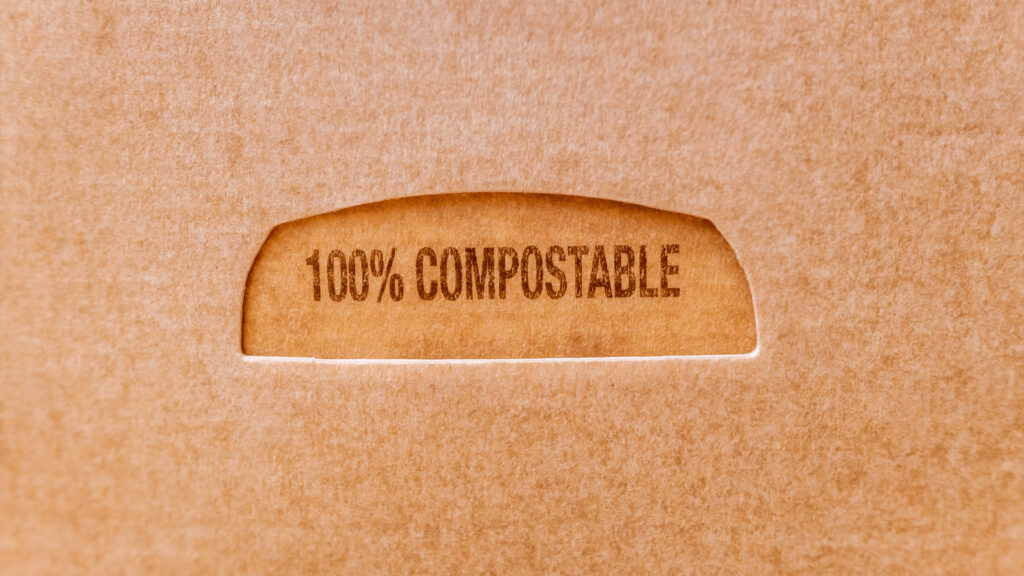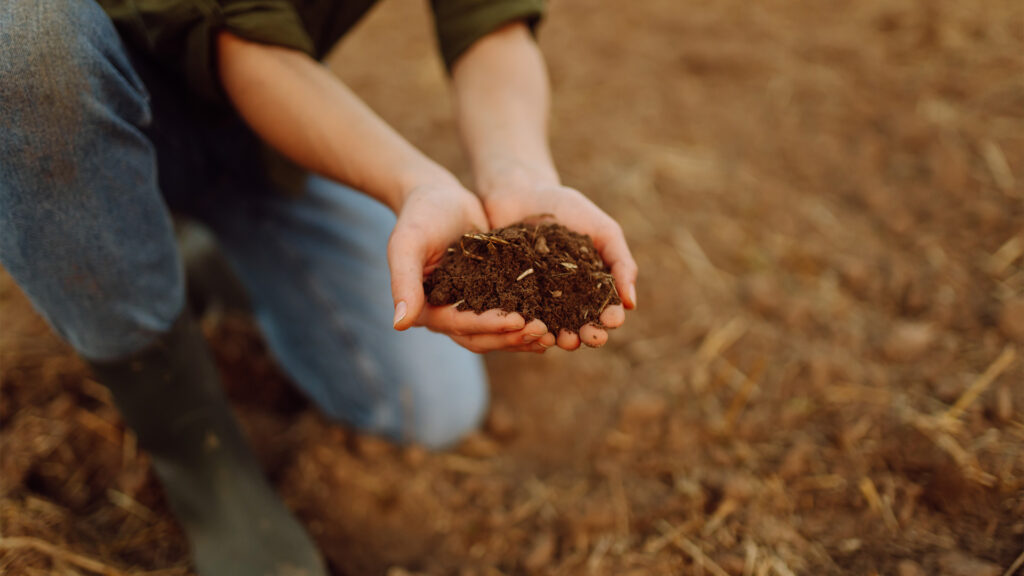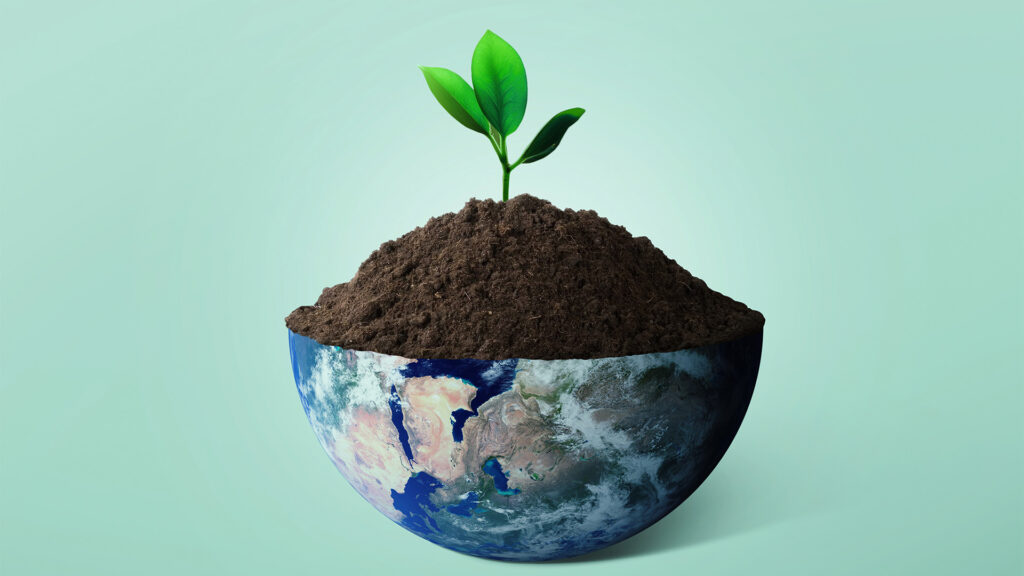
Compost: Nature’s Perfect Cycle
At Grinove Materials, we see composting as the best zero waste solution for the paper industry now and in the future.
What is Composting?
Composting is a natural process where organic materials like food scraps, plant matter, and yard waste break down into nutrient-rich soil called compost. This process occurs with the help of microorganisms, worms, insects, and oxygen, transforming organic waste into a natural fertilizer that enriches soil, improves plant growth, and reduces waste sent to landfills.
Composting reduces methane emissions by reducing the amount of waste. It improves soil health and saves water through water retention. It can also help reforestation efforts by improving poor quality soils. It helps reduce erosion by increasing the amount of organic matter in the soil.
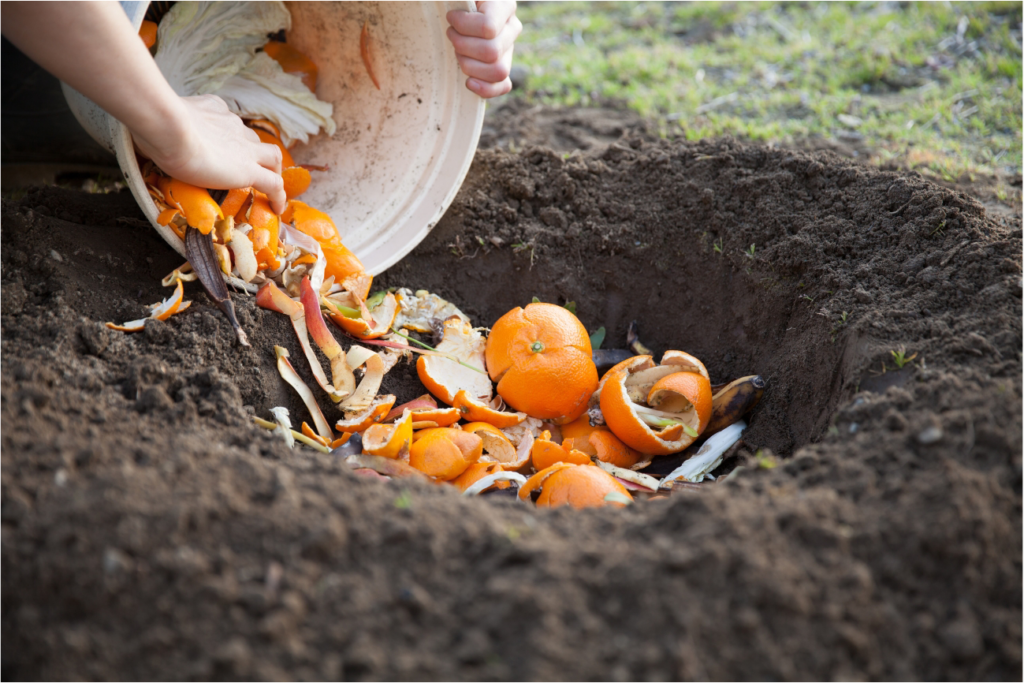
What Happening in the World
What is Compost? The Miracle of Nature’s Recycling
Composting Around the Globe: Statistics and Success Stories
What is Compostable Packaging? A Journey Towards Sustainability
What is Compost? The Miracle of Nature’s Recycling
Composting Around the Globe: Statistics and Success Stories
What is Compostable Packaging?
Composting is a zero-waste method where organic waste naturally decomposes under oxygen and microbial conditions. Compostable packaging decomposes in industrial or home composting systems and releases valuable nutrients. Compostable packaging prevents landfill waste and reduces carbon footprint while improving the soil.
The Life Cycle of Compostable Packaging


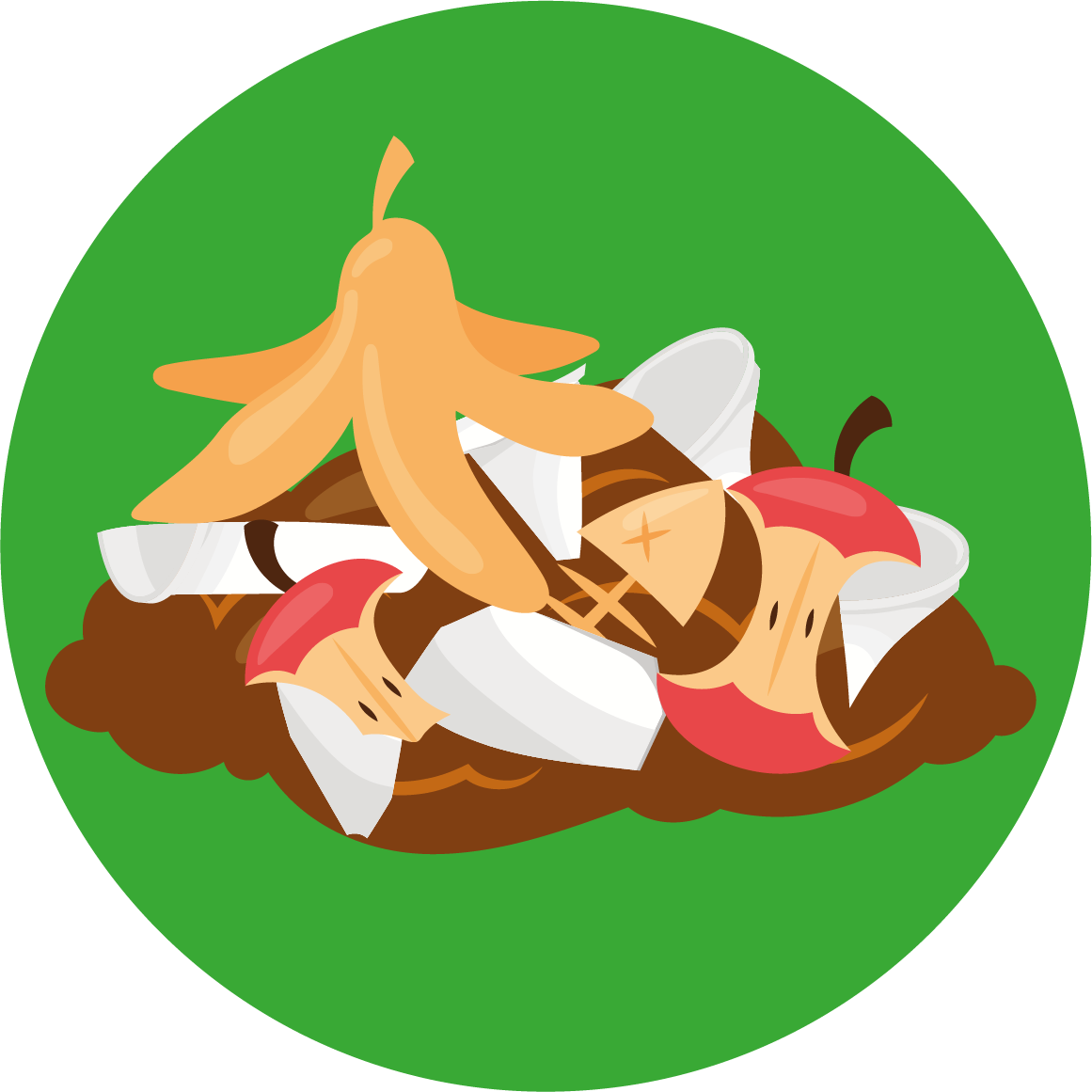

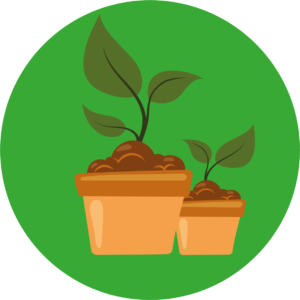
Compostable packages naturally decompose in environments rich in microbes and oxygen, just like organic waste. Through the composting process, packaging wastes decompose and release valuable nutrients into the soil, which has a soil conditioner so that new plants can grow. However, wastes must be in the right environment and conditions during the composting process.
What is Compostable Packaging?





Compostable packaging materials are materials that decompose naturally under certain conditions and can be used as compost with rich fertilizer value. These materials turn into soil as a result of natural processes and contribute to the environmental cycle.

Step 1: Find your local composter.

Step 2: Sign Up and Receive Your Bin(s)

Step 3: Fill Your Bin for Regular Collection
How Can You Compost Your Packaging Waste?

Step 1: Find your local composter.

Step 2: Sign Up and Receive Your Bin(s)

Step 3: Fill Your Bin for Regular Collection
Compostable Packaging Certifications:
Home vs Industrial
Certified compostability logos prove the validity of compostable packaging. According to regional standards, compostable packaging producers are subjected to detailed tests for compostability, which show that they have successfully passed these tests.

Home Compostable
- The home composting process relies on manual turning and aeration, which involves mixing the organic waste to ensure proper airflow.
- This helps reduce household waste while creating nutrient-rich compost ideal for personal gardens and plants.
- To be considered truly home compostable in the backyard or compost bins, all materials (printing ink, adhesives, and lining) must be naturally decomposed.
Industrial Compostable
- Industrial composting facilities use specialized equipment for mixing and aeration, which diverts large amounts of organic waste.
- This process produces high-quality compost that can be used in agriculture and commercial applications.
- Provided infrastructure, high temperature, and controlled humidity/oxygen levels, all materials (printing ink and lining) may be biodegradable.
Home vs Industrial Compostable
Home Compostable | Industrial Compostable | |
|---|---|---|
Scale | Compost Bins | Facilities |
Amount | Kilograms | Tons |
Temperature | Low | High |
Time | Several Months | Weeks
|
Compost Value | Nutrient-rich | High-quality
|
Energy Consumption | Low | High |
GHG Emissions | Low | High |
